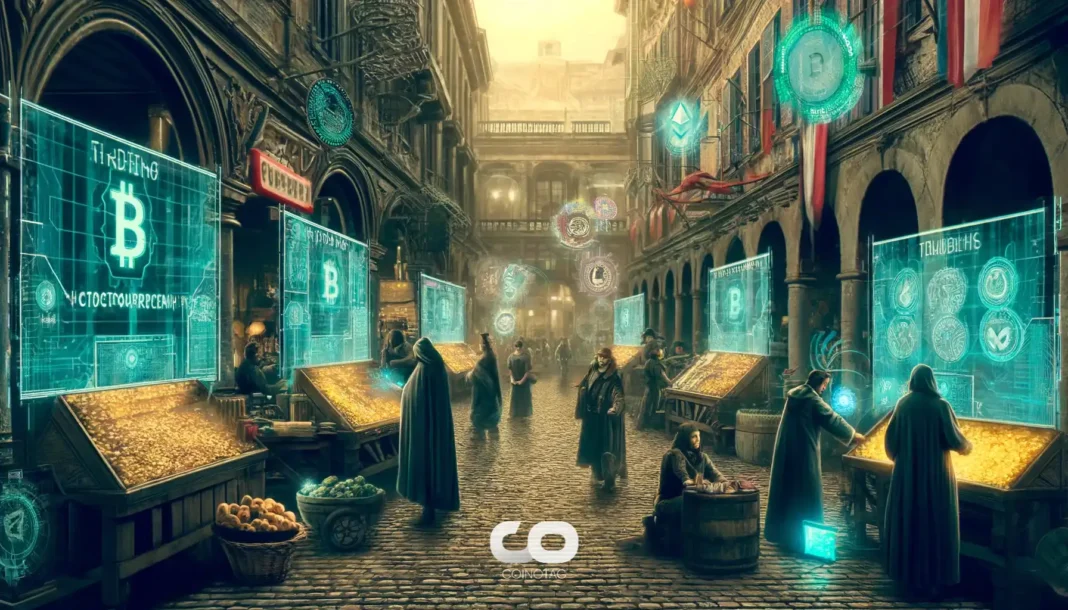- The U.S. faces challenges in establishing a cohesive federal framework for stablecoin regulation amidst evolving global standards.
- Circle’s Vice President, Yam Ki Chan, emphasized the urgency for the U.S. to align its regulatory posture with international benchmarks during the Korea Blockchain Week.
- Chan highlighted the ongoing efforts in jurisdictions like the EU and Hong Kong, which have already laid the groundwork for comprehensive stablecoin governance.
This article examines the current state of stablecoin regulation in the U.S. and highlights the urgent need for a unified federal framework amidst a competitive global landscape.
The U.S. Needs a Clear Regulatory Framework for Stablecoins
As the global cryptocurrency market continues to mature, the lack of a standardized regulatory framework for stablecoins in the United States has raised concerns among industry leaders. Unlike the European Union’s MiCA regulations and Hong Kong’s robust stablecoin framework, the U.S. operates under a disjointed set of state-level money transmission laws. This patchwork approach complicates compliance and stifles innovation within a burgeoning sector of digital finance.
The Ripple Effects of Fragmented Regulations
The fragmented regulatory environment in the U.S. not only raises compliance costs for stablecoin issuers but also impedes their ability to scale operations nationwide. By requiring money transmission licenses in individual states, companies like Circle, which issues the USDC stablecoin, must navigate a labyrinth of differing regulations. This situation has implications for consumer protection and financial stability, as highlighted by industry experts. Chan noted, “What’s important is for the U.S. to upgrade and have a structured definition of what a well-regulated stablecoin looks like.”
Recent Legislative Developments
In July 2023, a bipartisan bill known as the “Clarity for Payment Stablecoins Act of 2023” passed the House Financial Services Committee, signaling progress toward clearer regulations. Designed to address key issues like consumer protection and the delineation of responsibilities between federal and state regulators, the bill still faces myriad legislative hurdles before it can be enacted into law.
The Political Dynamics Influencing Regulation
The path to comprehensive stablecoin regulation is often fraught with political complexities. Despite bipartisan support for policy initiatives, the legislative process is heavily influenced by negotiations and compromises on unrelated issues. Chan expressed concern about this intertwining of policies and politics, stating, “This is the thing about U.S. politics: there are policies, and then there are politics.” Such dynamics could hinder timely regulatory clarity, particularly with the looming elections and other pressing legislative agendas.
The Impact of Upcoming Elections on Crypto Regulation
With the U.S. elections approaching, there is speculation about how this political environment might reshape the conversation on cryptocurrency regulations, including the potential for passing the stablecoin bill. Chan posited that this period could represent an opportunity to reframe and revitalize discussions surrounding cryptocurrency governance. Key political figures, such as Sen. Chuck Schumer, have also expressed their intentions to prioritize crypto legislation, highlighting a shift in the broader political zeitgeist.
Collaboration Between Private Sector and Regulators
Chan emphasized the importance of collaboration between the private sector and regulators, stating, “We have lots of private companies working with us who are also speaking with the regulators; this is not a ‘go alone’ conversation.” This partnership is crucial for establishing guidelines that foster innovation while ensuring market integrity and consumer safety. Understanding the legal risks and regulatory expectations is a vital step for companies looking to grow in this evolving landscape.
Conclusion
The current state of stablecoin regulation in the U.S. reveals a pressing need for a unified national framework. The fragmented regulatory ecosystem poses challenges for issuers and consumers alike. However, recent legislative efforts and potential political shifts may pave the way for a more structured approach, promoting stability and innovation in the digital currency space. As the U.S. seeks to catch up with international standards, the forthcoming months could prove pivotal in shaping the future of stablecoin regulations.






